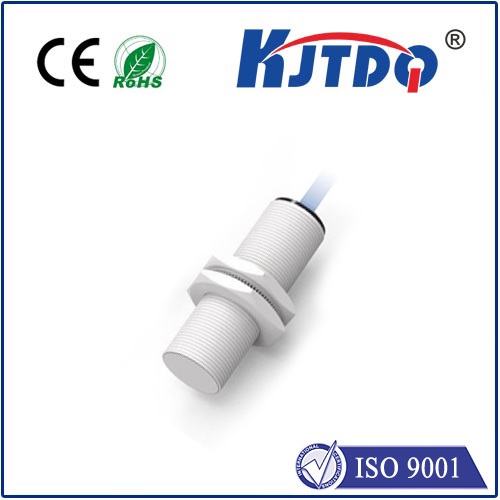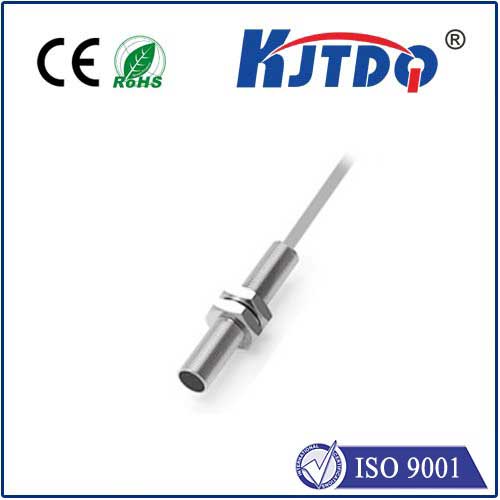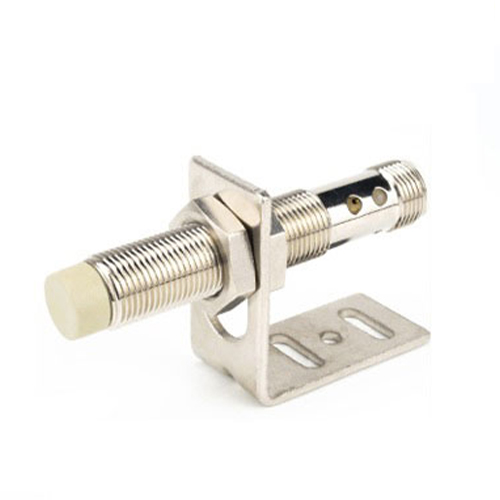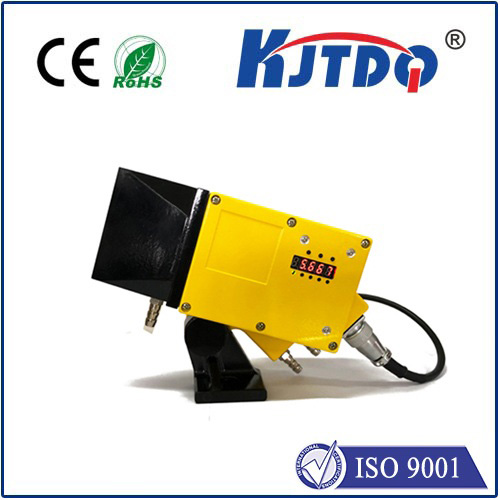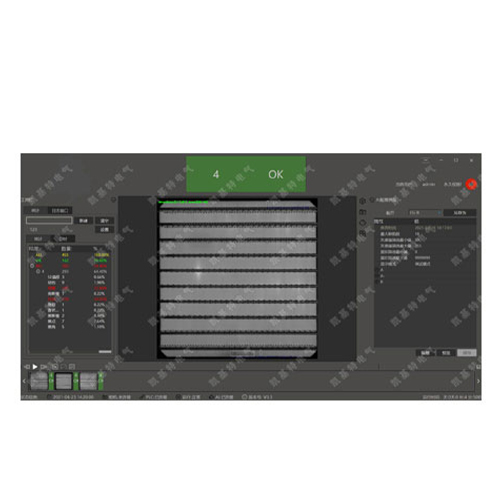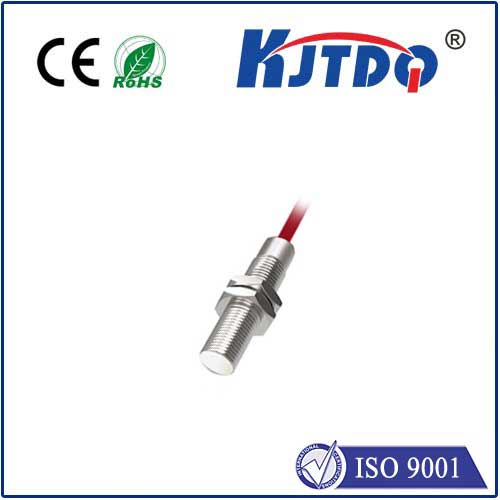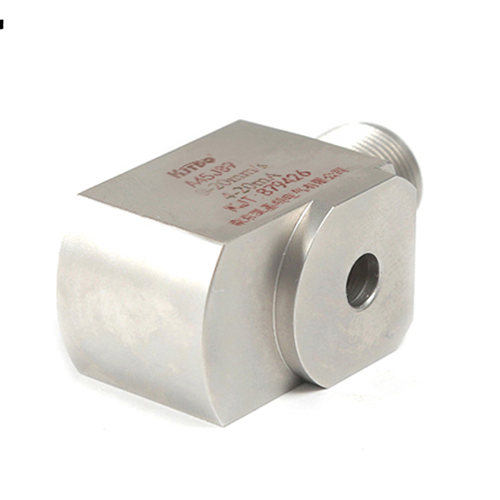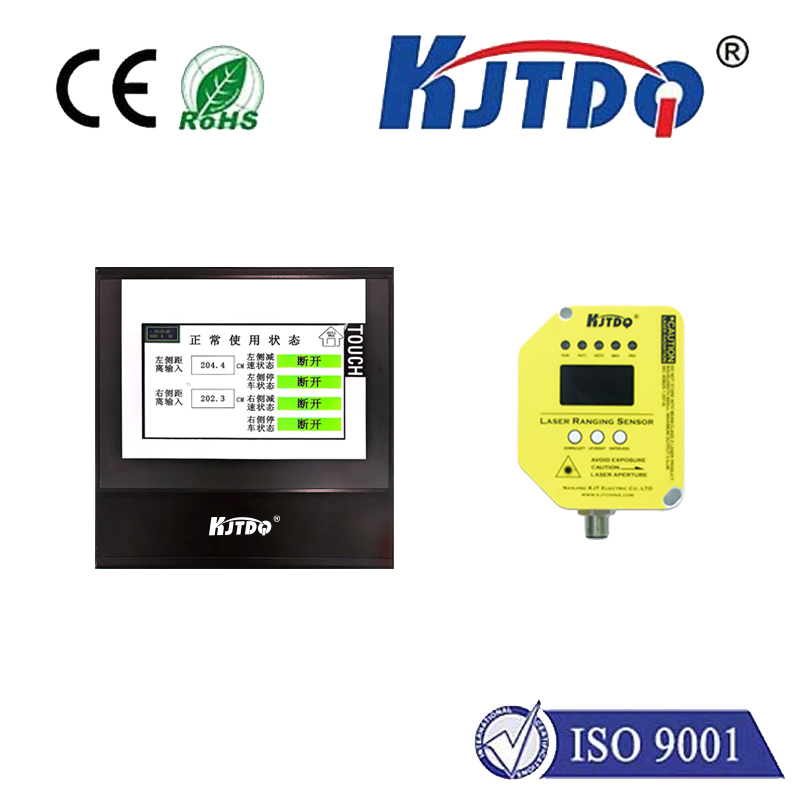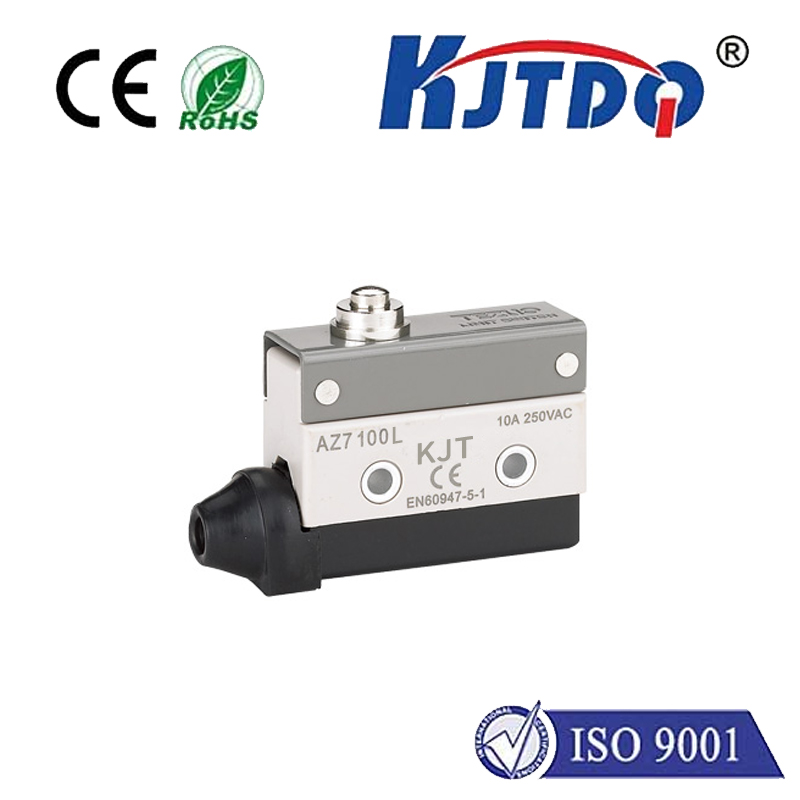ограничительный переключатель
- time:2025-07-30 12:20:32
- Нажмите:0
Limit Switch: The Unsung Guardian of Machine Safety and Precision
The Unsung Hero of Automation: How Limit Switches Keep Machines Safe and Precise
Imagine a massive robotic arm welding a car chassis. It moves with incredible speed and force, precisely stopping mere millimeters before crashing into a vital component. Picture an elevator gliding smoothly between floors, coming to a perfect halt exactly level with the landing. What invisible force prevents disaster and ensures this pinpoint accuracy? Often, the answer is a small, unassuming device: the ограничительный переключатель. While complex sensors and advanced controllers grab the spotlight, these fundamental components remain the unsung guardians, providing critical physical feedback that keeps machines safe, reliable, and operating within their intended boundaries.
Understanding the Core: What Exactly is a Limit Switch?
At its essence, a ограничительный переключатель is an electromechanical device designed to detect the presence or absence, passage, positioning, or end of travel of an object through direct physical contact. It acts as a simple yet vital interface between the mechanical world and the electrical control system of a machine. Unlike proximity sensors that detect objects without touching them, a limit switch requires physical interaction to operate. This characteristic makes it incredibly robust and immune to many environmental factors that plague other sensing technologies.
The Simple Genius: How Does a Limit Switch Work?

The fundamental operation is beautifully straightforward:
- Physical Actuation: An external moving part – like a machine carriage, a robotic arm, a door, or a workpiece – physically contacts the limit switch’s actuator. Common actuator types include levers (roller or rigid), plungers, wobble sticks, and rotary cams.
- Internal Mechanism: This physical force moves the actuator, which mechanically triggers an internal switching mechanism.
- Electrical Switching: The internal mechanism changes the state of electrical contacts within the switch body. This typically means opening (breaking) a normally closed (NC) circuit or closing (making) a normally open (NO) circuit.
- Signal Sent: The change in the switch’s electrical state sends a signal to the machine’s control system. This signal might indicate “Stop!”, “Start the next sequence”, “Object detected”, or “End of travel reached”.
This direct mechanical to electrical conversion is key to the ограничительный переключатель’s reliability and simplicity. The mechanical override characteristic – where force on the actuator definitively changes the contact state – provides a fail-safe aspect critical for safety functions.
Where Do Limit Switches Shine? Key Applications
The applications for limit switches are vast and span nearly every industry involving automation, machinery, or safety systems:
- End-of-Travel Control: This is perhaps the most classic use. Limit switches are placed at the physical extremes of a machine’s movement (like the ends of a linear slide or the top/bottom of an elevator shaft). When contacted, they signal the drive motor to stop, preventing mechanical damage from over-travel. Ensuring precise positioning at critical endpoints is fundamental.
- Position Verification: Confirming that a component is in the correct position before proceeding. For example, verifying a safety guard is closed, a car door is locked, or a machining table is in the “home” position.
- Material Handling & Conveyors: Detecting the presence of objects on a conveyor belt, signaling the end of a stack, or controlling diverters and gates based on package position.
- Safety Interlocks: Acting as critical components in safety circuits. For instance, a limit switch ensures a protective door or guard is securely closed before hazardous machine motion can begin. Their robust design and direct physical feedback make them ideal for applications demanding high reliability.
- Counting & Sequencing: Mechanically counting parts or detecting the completion of a specific stroke within a machine cycle, initiating the next step.
- Automotive & Robotics: Used extensively on assembly lines for positioning tasks, end-of-arm tooling confirmation, and ensuring safe robot work envelope limits.
Why Choose a Limit Switch? Advantages in a Complex World
In an era dominated by sophisticated sensors, the humble ограничительный переключатель retains significant advantages:
- Simplicity & Reliability: Fewer components mean fewer points of failure. The direct physical actuation is inherently robust.
- High Current Capacity: Many mechanical limit switches can handle substantial electrical currents directly, unlike many electronic sensors that require relays or interfaces. This allows them to control motors or solenoids directly in simpler setups.
- Cost-Effectiveness: Generally, they are less expensive than many non-contact sensing alternatives like inductive or capacitive proximity sensors, especially for basic positioning tasks.
- Environmental Resilience: They are less susceptible to interference from dust, dirt, oil, vibration, electrical noise, or temperature extremes (within rated specs) than optical or inductive sensors. Sealed varieties offer excellent protection.
- Physical Feedback: The definite, tactile feedback of actuation provides a clear indication of object presence/position, often preferred for safety applications.
- Unpowered Operation: The switching action is purely mechanical, requiring no internal power source to function (though the controlled circuit obviously does).
Selecting the Right Sentinel: Key Considerations
Choosing the optimal ограничительный переключатель involves careful consideration of the application:
- Actuator Type: Roller lever for smooth surfaces or cams? Plunger for straight-line pressure? Wobble stick for multi-directional contact? The actuator must suit the motion of the object being sensed.
- Electrical Rating: Voltage (AC/DC) and current capacity of the contacts must match the load they will switch.
- Environmental Conditions: Exposure to dust, water, chemicals, temperature, and vibration dictates the required ingress protection (IP rating) and housing material. Industrial environments demand robust construction.
- Operating Force & Travel: The force required to actuate the switch and the distance the actuator must travel. Must be compatible with the moving part.
- Contact Configuration: Normally Open (NO), Normally Closed (NC), or changeover (both)? Matches the logic required by the control circuit.
- Size & Mounting: Physical constraints of the installation location.
- Durability (Life Expectancy): Rated number of operation cycles. Critical for high-speed or frequent operation applications.
The Enduring Value of a Physical Guardian
While newer sensing technologies offer contactless operation and advanced features, the fundamental role of the ограничительный переключатель remains secure. Its unparalleled blend of simplicity, reliability, robustness, direct physical feedback, and cost-effectiveness ensures it will continue to be the workhorse for countless position sensing, travel limitation, and safety interlock applications. From safeguarding human operators to preventing catastrophic machine failure and enabling precise positioning, the quiet click of a ограничительный переключатель is a sound synonymous with safety, reliability, and the smooth, controlled operation of the mechanical world. They truly are the indispensable physical guardians of automated systems.

